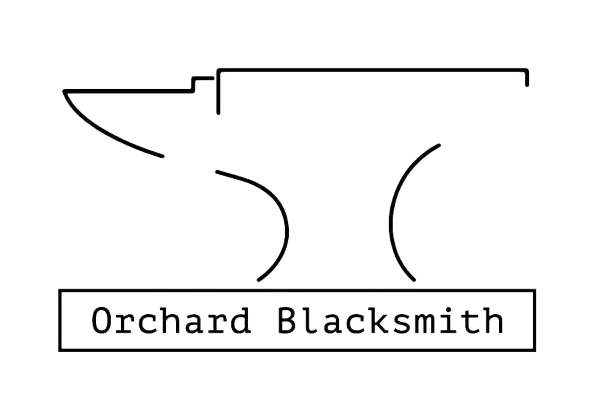Understanding Forge Atmospheres: Oxidizing, Reducing, and Neutral Explained
When you fire up a forge, you’re not just heating steel — you’re also creating a specific atmosphere inside the firebox. That atmosphere, whether oxidizing, reducing, or neutral, has a huge impact on your metal. It determines how much scale forms, whether your steel loses carbon, and even whether a forge weld will take.
Understanding forge atmospheres is one of those “invisible skills” that separates beginners from seasoned smiths. Let’s break them down.
What Is a Forge Atmosphere?
A forge atmosphere is simply the balance between oxygen and fuel inside your fire.
Too much oxygen → the fire consumes more than it needs, and your steel burns or scales.
Too much fuel → the flame robs oxygen from the steel itself.
Balanced mix → a clean, steady fire that heats your work without damaging it.
This balance exists in every type of forge — coal, coke, propane, natural gas, even induction setups (to a lesser degree).
Oxidizing Atmosphere
What it is: An oxidizing atmosphere has excess oxygen compared to the fuel being burned.
How it affects steel:
Encourages scaling (thick black flakes forming on hot steel).
Can cause pitting and surface roughness.
Leads to decarburization — carbon burns out of the steel, weakening it.
Signs you’re running oxidizing:
Bright, almost roaring flame.
Sparks coming off the steel surface.
Excessive scale forming quickly.
When (if ever) it’s useful:
Rarely, but sometimes smiths will use a slightly oxidizing fire to burn off contaminants or clean surfaces before a weld.
Reducing Atmosphere
What it is: A reducing atmosphere is fuel-rich, meaning there’s not enough oxygen for all the fuel to burn.
How it affects steel:
Reduces oxidation — less scale forms.
Protects high-carbon steels from losing carbon.
Creates a “softer” environment that’s perfect for delicate operations.
Signs you’re running reducing:
Flame looks lazy and bushy, often extending past the forge opening.
Flame may have a rich blue inner cone with a softer yellow outer tip.
The steel comes out cleaner, with less scale.
When it’s useful:
Forge welding (protects surfaces from oxidation so welds can stick).
Working with tool steels or high-carbon steels.
Anytime you want to minimize cleanup afterward.
Neutral Atmosphere
What it is: A neutral atmosphere strikes the perfect balance between fuel and oxygen.
How it affects steel:
Produces steady, even heating.
Minimizes scaling without leaving excess soot.
Provides consistent results for general forging.
Signs you’re running neutral:
Clean, steady flame with little smoke.
Steel heats evenly, without heavy scale or soot build-up.
The forge sounds smooth, not roaring or sputtering.
When it’s useful:
Pretty much all the time — general forging, heat treating, and most everyday smithing.
Practical Tips for Controlling Atmosphere
Coal/Coke Forges: Adjust the air blast. A covered fire with proper fuel depth usually gives a reducing zone; too much air makes it oxidizing.
Gas Forges: Tune the burner. Listen to the forge — a harsh roar often means oxidizing, while a “lazy” flame often means reducing. A steady, smooth burn indicates neutral.
Check Your Workpiece: Excessive scale = oxidizing. Sooty steel = too reducing. Clean surface = neutral.
Conclusion
Forge atmosphere is one of those subtle details that makes a world of difference. Learn to read your flame, adjust your fuel and air, and watch how your steel responds. Mastering oxidizing, reducing, and neutral fires will save you hours of grinding, produce stronger tools, and open the door to successful forge welding.
If you would like to discuss a potential project with us, please do not hesitate to contact us.
